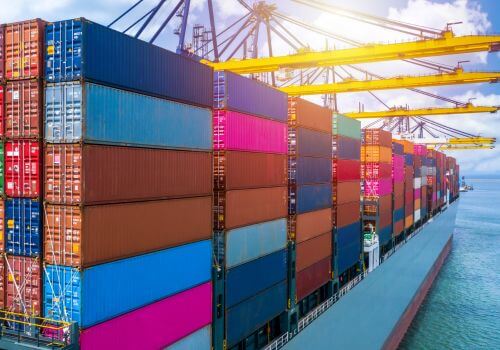In logistics, “Incoterms (International Commercial Terms)”, are standardized trade terms set by the International Chamber of Commerce (ICC). These terms are used worldwide in trade contracts to define the responsibilities of buyers and sellers for delivering goods. The main purpose of Incoterms is to clearly outline who does what, who pays for what, and who is responsible for the goods at each stage of the journey.
Key aspects of Incoterms
Incoterms cover four main areas to help clarify responsibilities and avoid misunderstandings in trade:
- Point of delivery. This specifies when the seller's job is complete. It could be at the seller's location, a port, or another specified place. This helps both parties know exactly where the seller's responsibility ends and the buyer's begins.
- Division of costs. Incoterms define who pays for transrpotation, insurance, and other expenses. This ensures that both parties know their financial responsibilities and can plan acacordingly.
- Transfer of risk. These terms determine when the risk of loss or damage moves from the seller to the buyer. Knowing this helps both parties manage their risks and responsibilities better.
- Documentation. Incoterms outline who handles the ncessary paperwork for shipping goods internationally. This includes export licenses, customs clearance, and other official documents required for trade. Proper documentation is crucial for the smooth movement of goods across borders.
Incoterms 2020
The latest version, Incoterms 2020, includes 11 terms that are used in international trade to clarify the responsibilities of buyers and sellers. These terms are divided into two categories: those that apply to any mode of transport and those specifically for sea and inland waterway transport.
Terms for any mode of transport:
- EXW (Ex Works). The buyer picks up the goods at the seller's location and handles everything from there, including transportation and risks.
- FCA (Free Carrier). The seller delivers the goods to a carrier chosen by the buyer. The buyer takes responsibility once the goods are handed over to the carrier.
- CPT (Carriage Paid To). The seller delivers the goods to a carrier chosen by the buyer. The seller pays for transportation to a specified destination, but the buyer assumes risk once the goods are with the first carrier.
- CIP (Carriage and Insurance Paid To). Similar to CPT, but the seller also pays for insurance to cover the buyer's risk.
- DAP (Delivered At Place). The seller delivers the goods to a specified place, with the buyer taking responsibility after delivery.
- DPU (Delivered at Place Unloaded). The seller delivers and unloads the goods at the specified place. The buyer takes over after unloading.
- DDP (Delivered Duty Paid). The seller handles all aspects of delivery, including import duties, and delivers the goods ready for unloading.
Terms for sea and inland watery transport:
- FAS (Free Alongside Ship). The seller delivers the goods alongside the ship at the port. The buyer takes responsibility from there.
- FOB (Free On Board). The seller loads the goods onto the ship. The buyer takes responsibility once the goods are on board.
- CFR (Cost and Freight). The seller pays for transport to the destination port. The buyer assumes risk once the goods are on the ship.
- CIF (Cost, Insurance, and Freight). Similar to CFR, but the seller also pays for insurance to cover the buyer's risk.
In summary, Incoterms are essential in logistics as they clearly define the responsibilities, costs, and risk transfer between buyers and sellers, ensuring smooth and efficient shipping operations.






